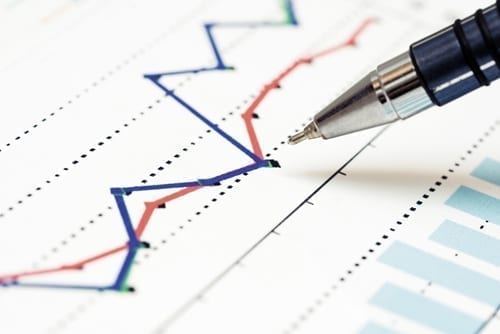Australia’s consumer price index (CPI) rose only 0.2 per cent in the March quarter of this year, according to new data released by the Australian Bureau of Statistics (ABS).
The CPI is a measure of the cost of purchasing a fixed basket of goods and services that represents the average expenditure of an Australian household. The so-called basket of goods includes items such as rent, food, transportation costs, education, fuel and other items considered to be part of the average life of a typical Australian family.
This recent rise follows on from an increase in the CPI of 0.2 per cent in the December quarter of 2014.
Domestic holiday travel and accommodation, tertiary education costs and medical and hospital services saw the greatest increase in prices, rising 3.5 per cent, 5.7 per cent and 2.2 per cent respectively.
These rises were partially offset by a significant fall in the cost of automotive fuel, which declined by 12.2 per cent. In the food category, fruit prices fell by 8.0 per cent.
The decrease in fuel prices was registered in all fuel types, with the quarterly fall in March the largest since December 2008. Since March 2014, automotive fuel has decreased by 22.5 per cent, making it the largest yearly fall in the history of the index, which began in September 1973.
A low quarterly CPI indicates that prices remain stable in the economy and that inflation is low. With interest rates already low (2.25 per cent), this can be a sign that economic activity is slowing in the economy with the possibility of a coming deflationary spiral.
Businesses are particularly valuable to deflation because they are forced to continually lower prices to remain competitive.
However, a relatively stable price for goods means that companies can instead invest money elsewhere in their business, including upgrading their current accounting software on managing stock and inventory.






